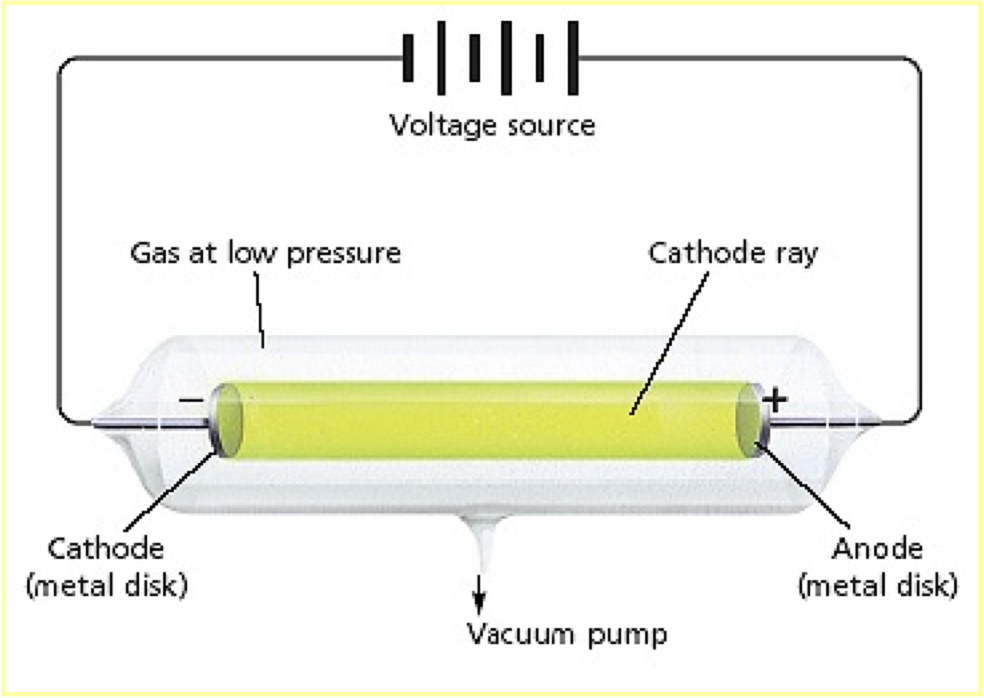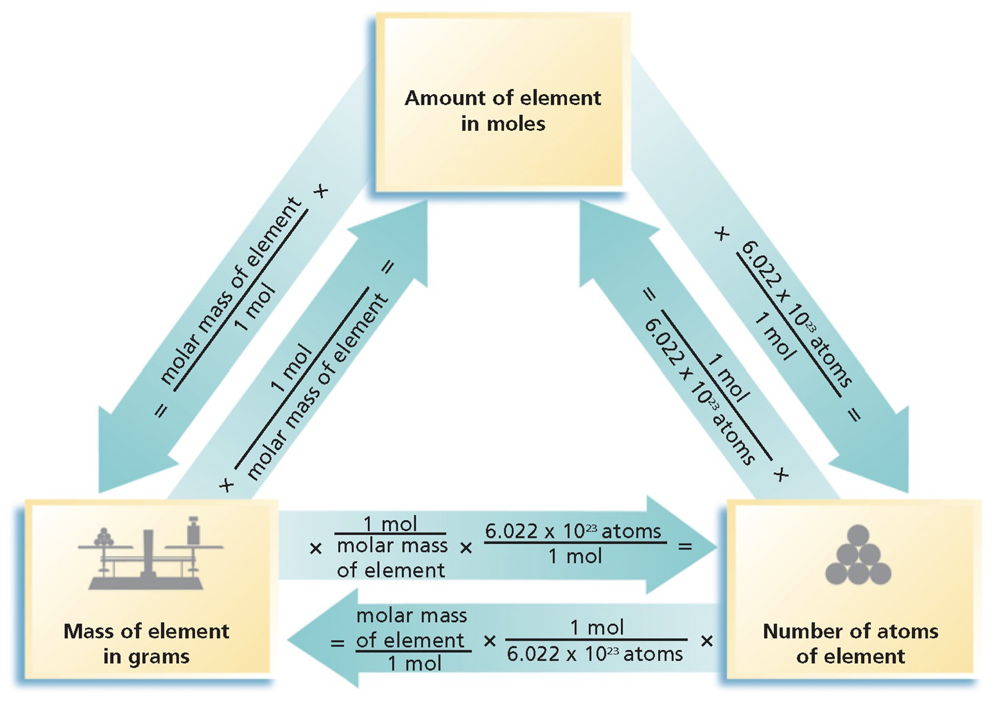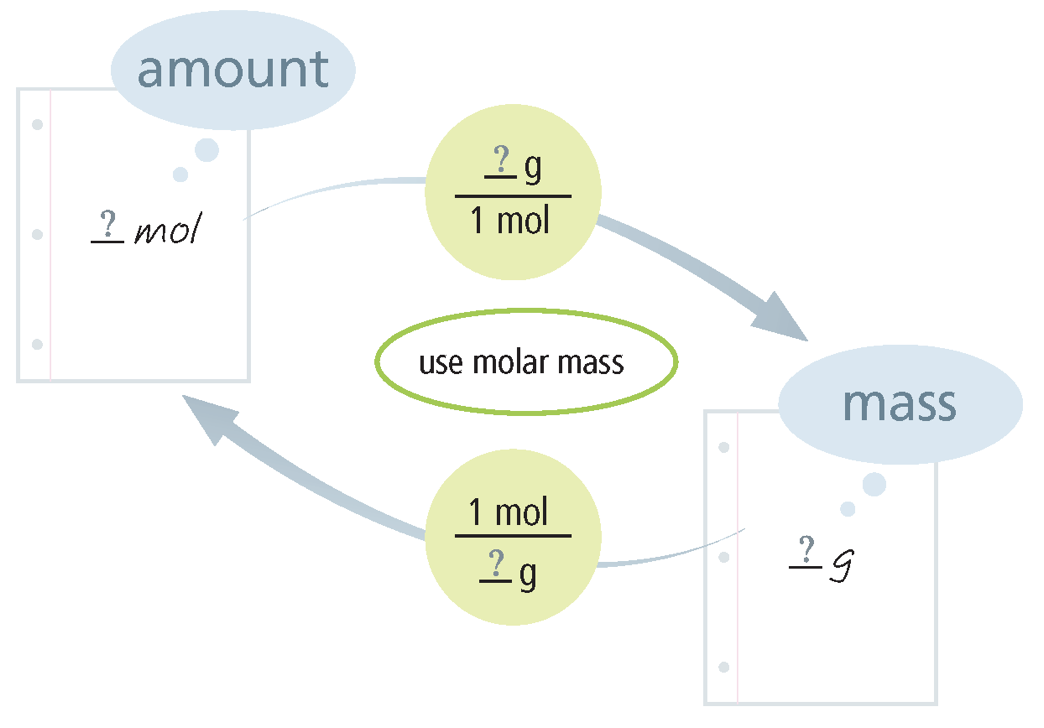
Atomic Theory Chapter 1-3
Foundations of Atomic Theory -
Chemical reaction: The transformation of a substance or substances into one or more new substances.
Law of conservation of mass: Mass is neither created nor destroyed during ordinary chemical reactions or physical changes.
Law of definite proportions: A chemical compound contains the same elements in exactly the same proportions by mass regardless of the size of the sample or source of the compound.
Law of multiple proportions: If two or more different compounds are composed of the same two elements, then the ratio of the masses of the second element combined with a certain mass of the first element is always a ratio of small whole numbers.
Dalton’s Atomic Theory -
All matter is composed of extremely small particles called atoms.
Atoms of a given element are identical in size,
mass, and other properties; atoms of different elements differ in size, mass, and other properties.Atoms cannot be
subdivided, created, or destroyed.Atoms of different elements combine in simple whole-number ratios to form chemical compounds.
In chemical reactions, atoms are combined, separated, or rearranged.
Modern Atomic Theory -
Atoms are divisible into smaller particles.
A given element can have atoms with different masses.
The structure of the Atoms -
Atom: The smallest particle of an element that retains the chemical properties of that element.
Nucleus: A very small region located at the center of an atom.
Proton: Particles with a positive charge in the nucleus.
Neutrons: Particles with neutral electrical charge in the nucleus.
Electron: Negatively charged particles that surround the nucleus.
Subatomic particles: Neutrons, protons, and electrons.
Discovery of the Electron -
Cathode Rays and Electrons:
Cathode rays were composed of electrons.
Charge and Mass of the Electron :
Joseph John Thomson’s cathode-ray tube experiments: measured the charge-to-mass ratio of an electron.
Robert A. Millikan’s oil drop experiment: measured the charge of an electron.
With this information, scientists were able to determine the mass of an electron.
 Discovery of the Atomic Nucleus -
Discovery of the Atomic Nucleus -
Gold foil experiment by Ernest Rutherford, Hans Geiger, and Ernest Marsden led to the discovery of a very densely packed bundle of matter with a positive electric charge.
Rutherford called his positive bundle of matter the nucleus.
 Composition of the Atomic Nucleus -
Composition of the Atomic Nucleus -
All atomic nuclei are made of protons and neutrons except for hydrogen’s.
Proton’s charge = magnitude to the electron’s charge
Atoms are electrically neutral because they contain equal numbers of protons and electrons.
The nuclei of atoms of different elements differ in their number of protons.
The number of protons determines the atom’s identity.
Forces in the nucleus:
Nuclear forces: The short-range proton-neutron, proton-proton, and neutron-neutron forces that hold the nucleus particles together.
The Sizes of Atoms -
Radius of an atom: The distance from the center of the nucleus to the outer portion of its electron cloud.
Picometer (pm): A unit that is more convenient for the size of atoms.

Atomic number of an element: The number of protons of each atom of that element.
Isotopes: Atoms of the same element that have different masses.
Isotopes have different numbers of neutrons.

Mass number: The total number of protons and neutrons that make up the nucleus of an isotope.
Designating Isotopes -
Hyphen notation: The mass number is written with a hyphen after the name of the element.
Ex: uranium-235
Nuclear symbol: The superscript indicates the mass number and the subscript indicates the atomic number.
Ex:
The number of neutrons is found by subtracting the atomic number from the mass number.
Ex: Mass number - atomic number = number of neutrons
Nuclide: A general term for a specific isotope of an element.
Relative Atomic Masses -
The standard used by scientists to compare units of atomic mass is the carbon-12 atom. It has a mass of 12 atomic mass units.
One atomic mass unit, or 1 amu, is exactly 1/12 the mass of a carbon-12 atom.
The atomic mass of any atom is determined by comparing it with the mass of the carbon-12 atom.
Average Atomic Masses of Elements -
Average atomic mass: The weighted average of the atomic masses of the naturally occurring isotopes of an element.
Calculating Average Atomic Mass -
The average atomic mass of an element depends on both the mass and the relative abundance of each of the element’s isotopes.
Ex: (Mass of isotope + relative abundace) * (mass of isotope + relative abundance) = Average atomic mass
Relating Mass to Numbers of Atoms -
The mole is the SI unit of the amount of substance.
Mole: The SI unit of the amount of substance. The amount of a substance that contains as many particles as the are atoms.
Avogadro’s number: 6.022 × 10²³ is the substance number of particles in exactly one mole of a pure substance.
Avogadro’s number can be used to find the number of atoms of an element from the amount in moles or to find the amount of an element in moles from the number of atoms.
Atoms per mole units.
Molar mass: The mass of one mole of a pure substance.
g/mol units.
The molar mass of an element is numerically equal to the atomic mass of the element in amu.
Chemists use molar mass as a conversion factor in chemical calculations.


Atomic Theory Chapter 1-3
Foundations of Atomic Theory -
Chemical reaction: The transformation of a substance or substances into one or more new substances.
Law of conservation of mass: Mass is neither created nor destroyed during ordinary chemical reactions or physical changes.
Law of definite proportions: A chemical compound contains the same elements in exactly the same proportions by mass regardless of the size of the sample or source of the compound.
Law of multiple proportions: If two or more different compounds are composed of the same two elements, then the ratio of the masses of the second element combined with a certain mass of the first element is always a ratio of small whole numbers.
Dalton’s Atomic Theory -
All matter is composed of extremely small particles called atoms.
Atoms of a given element are identical in size,
mass, and other properties; atoms of different elements differ in size, mass, and other properties.Atoms cannot be
subdivided, created, or destroyed.Atoms of different elements combine in simple whole-number ratios to form chemical compounds.
In chemical reactions, atoms are combined, separated, or rearranged.
Modern Atomic Theory -
Atoms are divisible into smaller particles.
A given element can have atoms with different masses.
The structure of the Atoms -
Atom: The smallest particle of an element that retains the chemical properties of that element.
Nucleus: A very small region located at the center of an atom.
Proton: Particles with a positive charge in the nucleus.
Neutrons: Particles with neutral electrical charge in the nucleus.
Electron: Negatively charged particles that surround the nucleus.
Subatomic particles: Neutrons, protons, and electrons.
Discovery of the Electron -
Cathode Rays and Electrons:
Cathode rays were composed of electrons.
Charge and Mass of the Electron :
Joseph John Thomson’s cathode-ray tube experiments: measured the charge-to-mass ratio of an electron.
Robert A. Millikan’s oil drop experiment: measured the charge of an electron.
With this information, scientists were able to determine the mass of an electron.
 Discovery of the Atomic Nucleus -
Discovery of the Atomic Nucleus -
Gold foil experiment by Ernest Rutherford, Hans Geiger, and Ernest Marsden led to the discovery of a very densely packed bundle of matter with a positive electric charge.
Rutherford called his positive bundle of matter the nucleus.
 Composition of the Atomic Nucleus -
Composition of the Atomic Nucleus -
All atomic nuclei are made of protons and neutrons except for hydrogen’s.
Proton’s charge = magnitude to the electron’s charge
Atoms are electrically neutral because they contain equal numbers of protons and electrons.
The nuclei of atoms of different elements differ in their number of protons.
The number of protons determines the atom’s identity.
Forces in the nucleus:
Nuclear forces: The short-range proton-neutron, proton-proton, and neutron-neutron forces that hold the nucleus particles together.
The Sizes of Atoms -
Radius of an atom: The distance from the center of the nucleus to the outer portion of its electron cloud.
Picometer (pm): A unit that is more convenient for the size of atoms.

Atomic number of an element: The number of protons of each atom of that element.
Isotopes: Atoms of the same element that have different masses.
Isotopes have different numbers of neutrons.

Mass number: The total number of protons and neutrons that make up the nucleus of an isotope.
Designating Isotopes -
Hyphen notation: The mass number is written with a hyphen after the name of the element.
Ex: uranium-235
Nuclear symbol: The superscript indicates the mass number and the subscript indicates the atomic number.
Ex:
The number of neutrons is found by subtracting the atomic number from the mass number.
Ex: Mass number - atomic number = number of neutrons
Nuclide: A general term for a specific isotope of an element.
Relative Atomic Masses -
The standard used by scientists to compare units of atomic mass is the carbon-12 atom. It has a mass of 12 atomic mass units.
One atomic mass unit, or 1 amu, is exactly 1/12 the mass of a carbon-12 atom.
The atomic mass of any atom is determined by comparing it with the mass of the carbon-12 atom.
Average Atomic Masses of Elements -
Average atomic mass: The weighted average of the atomic masses of the naturally occurring isotopes of an element.
Calculating Average Atomic Mass -
The average atomic mass of an element depends on both the mass and the relative abundance of each of the element’s isotopes.
Ex: (Mass of isotope + relative abundace) * (mass of isotope + relative abundance) = Average atomic mass
Relating Mass to Numbers of Atoms -
The mole is the SI unit of the amount of substance.
Mole: The SI unit of the amount of substance. The amount of a substance that contains as many particles as the are atoms.
Avogadro’s number: 6.022 × 10²³ is the substance number of particles in exactly one mole of a pure substance.
Avogadro’s number can be used to find the number of atoms of an element from the amount in moles or to find the amount of an element in moles from the number of atoms.
Atoms per mole units.
Molar mass: The mass of one mole of a pure substance.
g/mol units.
The molar mass of an element is numerically equal to the atomic mass of the element in amu.
Chemists use molar mass as a conversion factor in chemical calculations.


 Knowt
Knowt